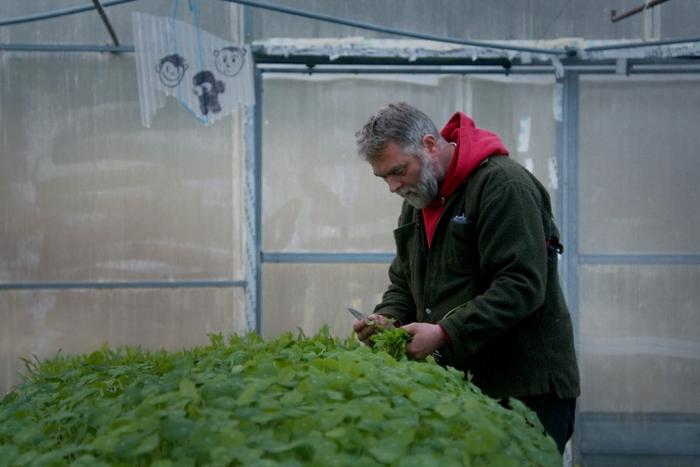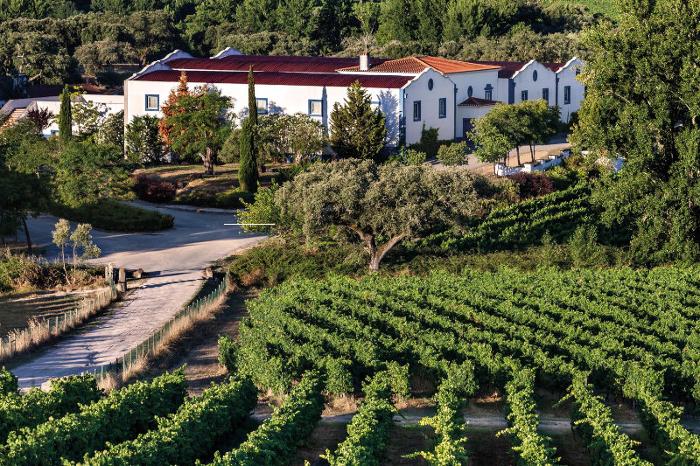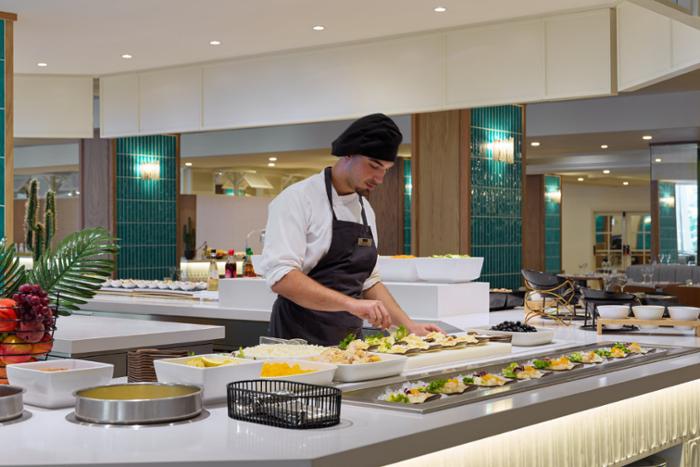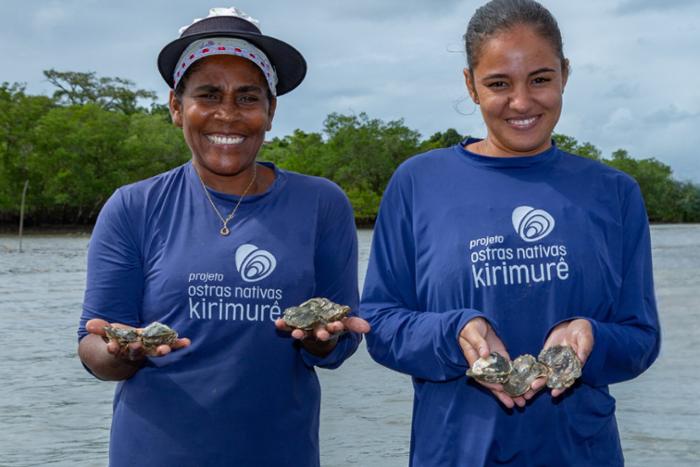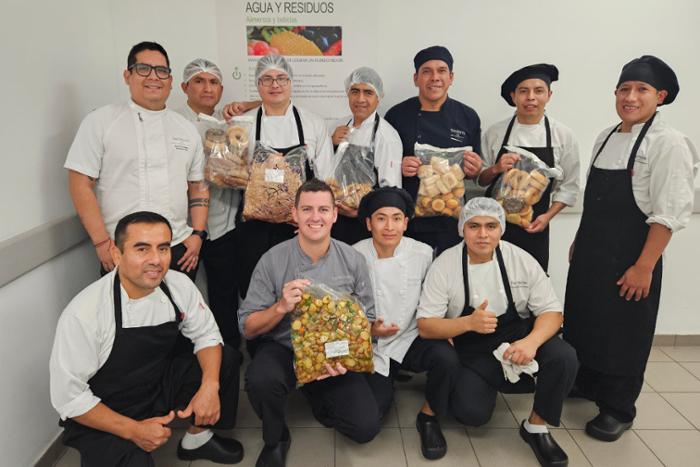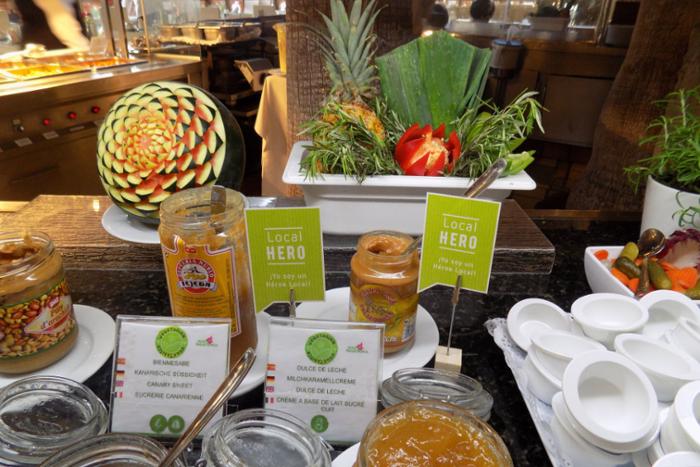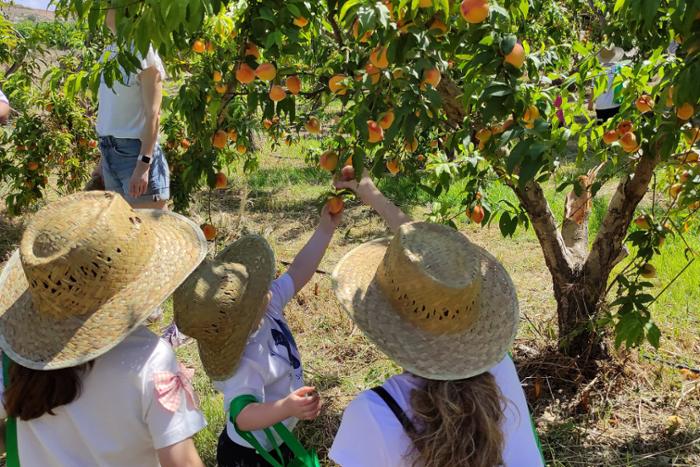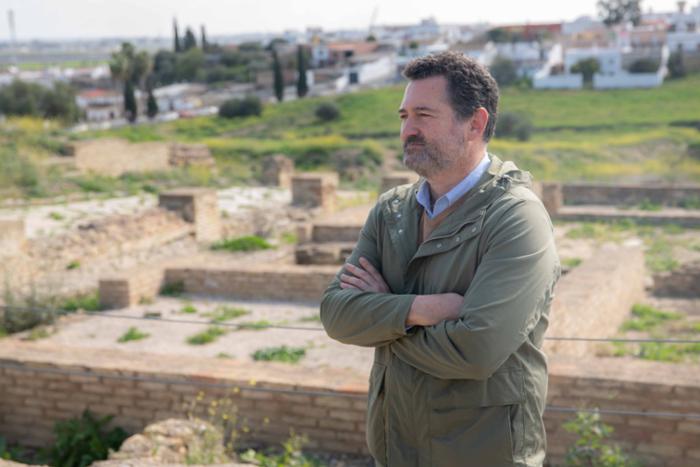This was FiturNext 2025
How can tourism contribute to sustainable food management?
Sustainable food management is a current and future challenge for companies and countries. According to the UN, ⅓ of all the food produced in the world is wasted every year, which means that 1.3 billion tonnes end up in the rubbish bin every year. In fact, 28% of the agricultural land used for food production generates food that will never be consumed, and this food waste is responsible for 8% of global greenhouse gas emissions. The FiturNext 2025 Challenge focused on how tourism can contribute to sustainable food management.

Good practices for food sustainability
In this latest edition of FiturNext, the Observatory analysed more than 350 good tourism practices that contribute to sustainable food management. The winning initiatives of the challenge were the following:
- Sustainable Gastronomic Routes of Extremadura: Promoted by the Department of Culture, Tourism, Youth and Sport of the Regional Government of Extremadura, the initiative encourages rural agrotourism by promoting three sustainable gastronomic routes (the Cheese, Olive Oil and Iberico Route) based on local products that connect culture, nature and local gastronomy.
- Hurtigruten Cruises: This initiative has implemented a circular food system on its voyages that reduces surplus per traveller by using AI and good practices, reintroducing the scarce surplus generated in the form of compost for its supplier farms, with the aim of zero food waste.
- Too Good To Go: The Too Good To Go initiative makes it possible to connect establishments that have surplus food with users who can buy these products at a reduced price via an app or platform, which is already available in 18 countries.
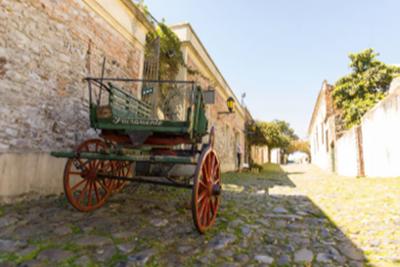
Why is this challenge important?
The FiturNext 2025 Challenge focuses on the sustainability of food management in tourism, and how the sector can contribute to improving it.
Food surplus is the waste of agricultural and food products that are still perfectly edible and suitable for human consumption and which, in the absence of alternative uses, end up being discarded as waste. This surplus is generated all over the world and at all stages of the food chain, which has led to it becoming a major global issue.
In Spain alone in 2020, the seventh largest surplus food producer in the EU, 1,364 million food waste was discarded, an average of 31 kg per person. If we talk about future projections, it is expected that by 2030 food waste will increase by 60%, resulting in a loss of more than 1.5 trillion dollars.
The generation of surpluses that end up as waste generates an unsustainable triple impact globally:
- Environmental impact: This food waste is responsible for 8% of global carbon emissions, which is an avoidable environmental cost.
- Economic impact: Global annual losses are estimated to be around $940 billion worldwide.
- Ethical and social impact: more than one trillion tonnes of food is thrown away each year while 1/9th of the world's population is undernourished.
Moreover, food surpluses can be aggravated by tourism: lack of process optimisation, irresponsible consumption or inadequate food preservation are the main causes of surpluses in the industry.
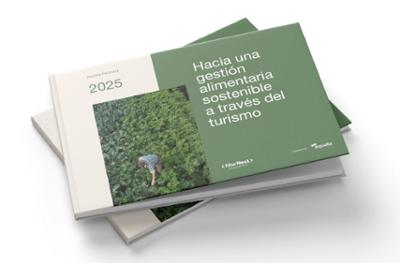
Download our report
Read the report 'FiturNext 2025: Towards sustainable food management through tourism' and check out all the details of the sixth edition.
Fitur Next 2024 Streaming
FiturNext 2025 Challenge: How tourism can contribute to sustainable food management
Winners
Finalists






